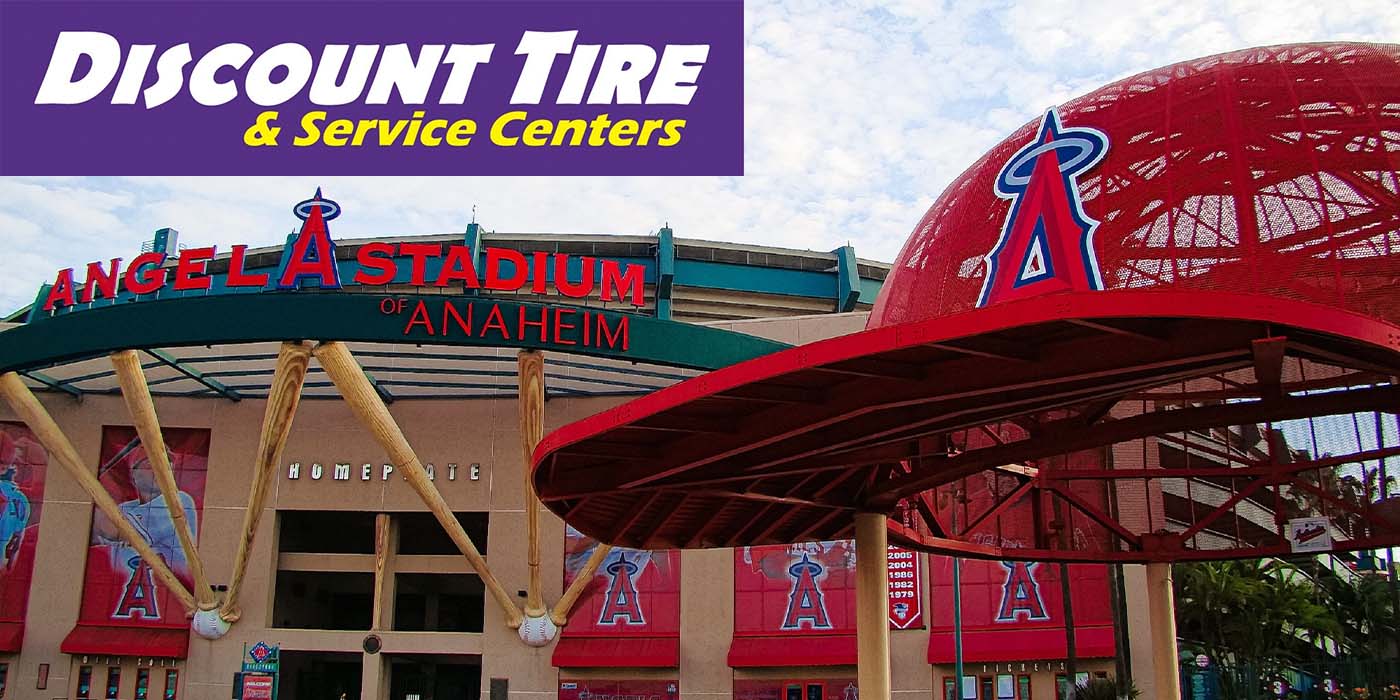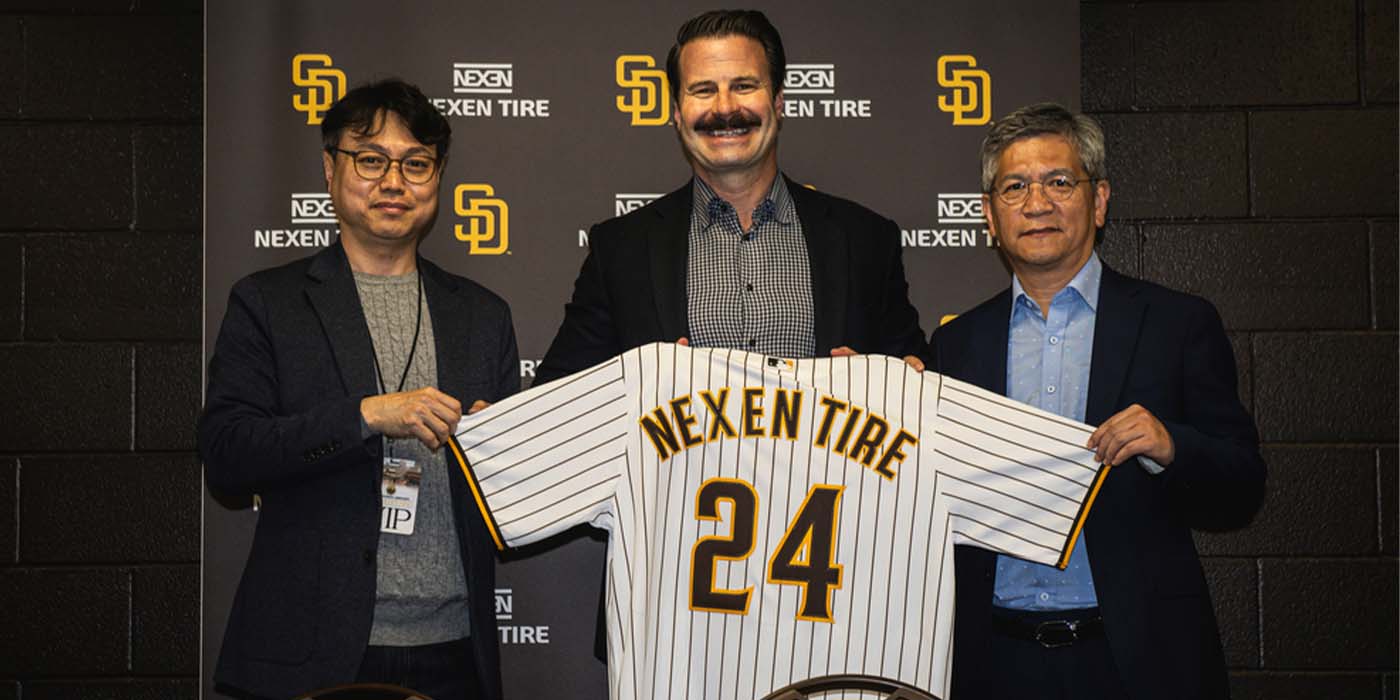ly work at “top-of-mind” consumer recall. Increasingly, though, tiremakers are using such long-term media to communicate more often and more directly with consumers. They inform customers of their new products and motorsport activities, educate about their product development process and quality, match customers to specific tires and dealers, and link up loyal customers and “leader” consumers for special events and communication.
And now it has gone to another level altogether. Falken’s Yim has been heavily involved in many of his organization’s progressive promotional activities. As the devices consumers use to communicate and acquire information advance, Falken has made extensive investments to keep pace. In early April, Falken launched its new mobile marketing site designed specifically for smartphones – m.falkentire.com.
“We want to make it as easy as possible for customers to find our tires and do business with us,” Yim says. “This site will help them come into a dealer already fairly familiar with the Falken brand.”
Now, some Falken ads and promotional materials carry a special 3-D barcode. Consumers can use their smartphone cameras to scan the barcodes, which (with the appropriate software) will take them straight to a specifically designed mobile website. There, additional product information, photos, interviews, video – whatever – will complete the product message.
“Our goal is that they leave this site with all the information they need to be fully informed and ready to make a purchase decision.”
Goodyear and Nitto are also experimenting with the new barcodes and mobile websites. Because it literally turns one-dimensional print materials – POSstands, brochures and ads – into a full interactive experience, this technology bears watching.
Setting Your Budget
Your ad/promo budget may be set based on the dollars allocated last year, what you feel you can afford, matching a direct competitor’s estimated spending, a percentage of prior year sales, or best of all, based on the store traffic/revenue objectives for the coming year.
Dealers with more favorable locations and a stronger and longer brand reputation can get by with fewer investment dollars than a new dealer with less-than-ideal visibility. The previously discussed support that dealers receive from the brands they carry, in terms of co-op dollars, website traffic generation and promotional programs and materials, must also be factored into this equation.
The number one thing to keep in mind when setting ad/promo investment levels is that advertising drives sales, not the other way around. If you set your ad/promo budget based on a percentage of prior year sales or on gut feeling, one small downturn in results can easily lead to a slide into oblivion.
As sales and profits drop, one of the first budget items to cut is advertising. Have that happen a few quarters in a row, and a cycle develops where decades of building awareness and reputation can be destroyed in a matter of a few months.
Look at it this way: advertising/pro-motion is the fuel for your business, and you will only go as far and as fast as the “octane” level you choose and the miles per gallon you can maintain. Without a constant stream of persuasive communications, your dealership will end up on the side of the road.
While much of any organization’s ad/promo budget will be focused on growth targets or segments, don’t neglect retention segments when it comes to budgeting. While they may be low-growth customers, their long-term relationship with your business is still important. It’s called word-of-mouth advertising.
Experts recommend that at least 25%-30% of an ad/promo budget be devoted to your maintenance market. Given that the average dealer loses 3%-5% of their customers per year – often for controllable reasons – this group shouldn’t be ignored. In addition to targeted ads, other productive vehicles include thank-you notes, service reminders, birthday cards and even in-store customer appreciation events.
On the flip side, the remaining 65%-70% of your ad/promo budget should be dedicated to long-term growth, with activities poised to attack your specific targets. And certainly a portion of that part of the budget should be dedicated to e-media – a new or refreshed website, a Twitter account and a Facebook fan page at minimum.
So, how much should you budget for advertising and promotion? Well, that’s a difficult question. Some dealers are quite aggressive all year long, and budget accordingly. Some take a seasonal approach, packing their ad/promo dollars into key points of the year. Some dealers set a percentage of sales as their budget target. And some set their budget based on preferred activities; TV and radio generally cost more than newspapers, while e-media is less expensive to set up but requires vigilant updating.
In general, experts advise budgeting 5%-7.5% of gross sales for advertising and promotion. So, if you gross $1 million per year, that’s a budget starting point of $50,000. Because every market is different, you may have to play with that percentage over the course of a few years. If you are in a highly competitive market, you may have to allocate more to build your name and differentiate your business from other dealers, mass merchants, company stores, etc. Less competition means you can spend less and focus on reinforcing your brand name and image.
Many Happy Returns
Measuring the ROI of advertising and promotion is always a mix of art and science. The budget that supports those investments is known, and the investment takes place at designated points in time. But figuring out what that investment return is in real dollars can be difficult.
As has been mentioned, some media are easier to track returns than others. Bar coding on direct mail pieces and coupons can clearly identify the source of the business. Website hits and fans on Facebook are not sales themselves, but are an indication of the following your e-media is generating.
You could go all-in and spend a ton on more detailed impact research. Bridgestone, for example, invests heavily in research to track movement in what it calls the purchase funnel – from awareness and familiarity levels to changes in marketshare the brand enjoys.
Another ROI tracking technique is customer information files. These help a dealer evaluate the true value of a customer. A half-price oil change and tire rotation coupon may only deliver a $20 dollar sale today, but what if that person with the coupon is a first time customer, and over the next five years that same person spends $1,800 dollars on tires and service with that dealer? And what if that person has a favorable experience and recommends their family and friends go to the same dealer? Suddenly the return on that coupon has multiplied into thousands of dollars.
The key to growing the returns from promotional dollars is not found in only looking at one-time sales. Instead, it’s a factor of generating ongoing visibility.
The widely used term today is to “drip” on your target customers. Your newsletter safety tips on wiper blades or low tread tires today may not have much of an impact, but the next time rain comes, you will have already planted the seeds of success.
The ROI Challenge
Taking an investment approach to advertising and promotion will require a major change in thinking for some dealers, and only a minor shift for others. To get the desired returns from that investment requires the use of a logical process:
• Start with a business plan.
• Identify and clearly define target segments for both retention and growth.
• Establish specific objectives for the plan period.
• Determine what you want to communicate (keep it simple) and how to most effectively and efficiently get your message across (the media you will use).
• Understand and appropriately utilize the funds and resources available to you from manufacturers and distributors.
• Set your budget for both short-term sales results and longer-term brand image building.
• Identify specific activities and investments to advance Web and social media, particularly if your target markets include younger, more educated consumers.
• Tie results back to objectives, recognizing that this is not a precise science. While it is easy to say this is too hard to do, if you don’t make the attempt you’ll always be spending, not investing.
• As you move into the next planning period, consider what aspects of your ad/promo efforts are working and where there is room for improvement, and be proactive in sharing this information with your manufacturers and distributors.
Finally, keep in mind that developing an effective advertising and promotions program is a journey, not a destination. The better you use the steps above, the more you, your team and, most importantly, your customers, will enjoy the trip.













